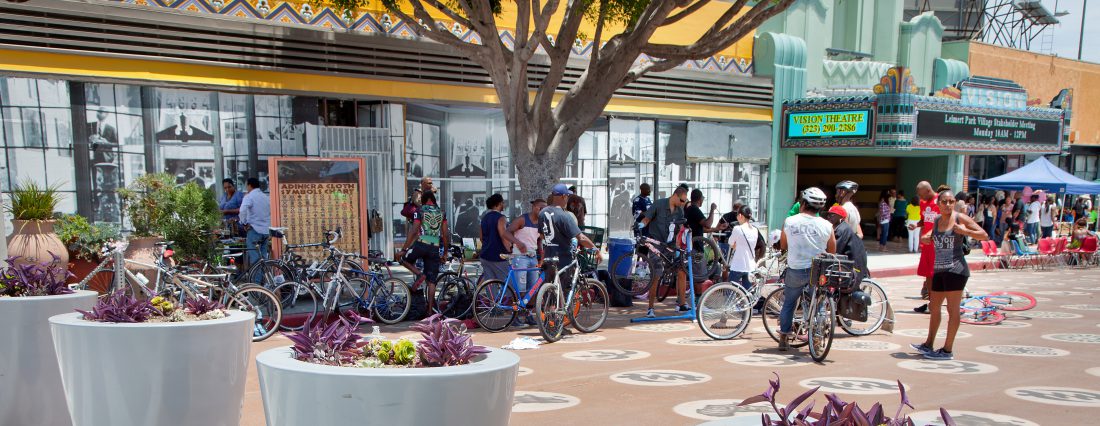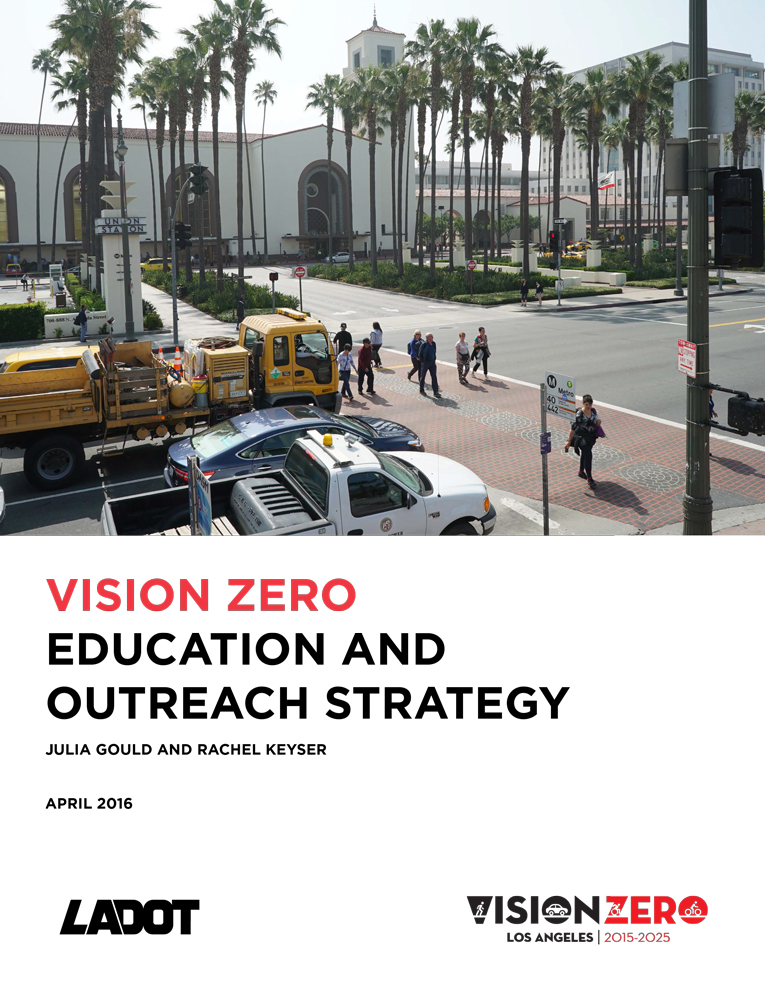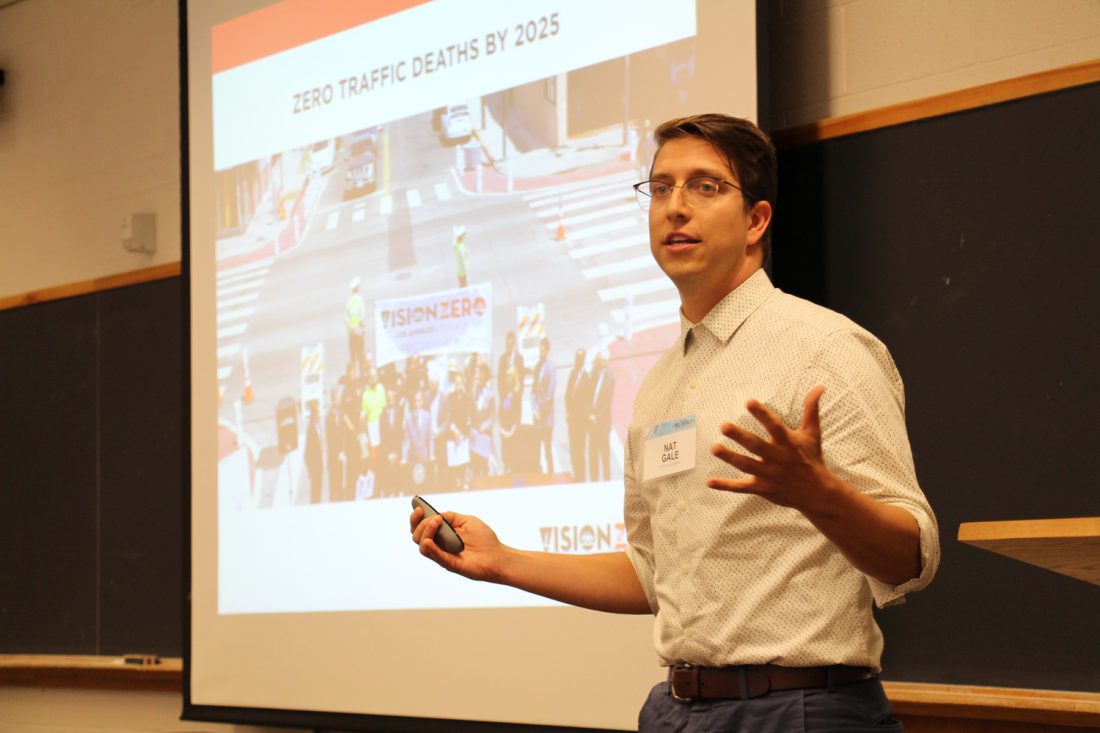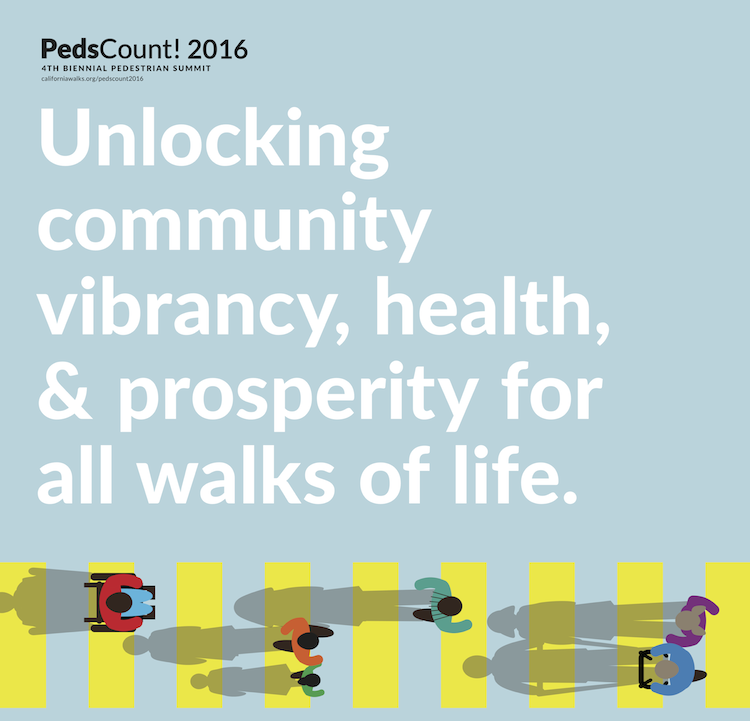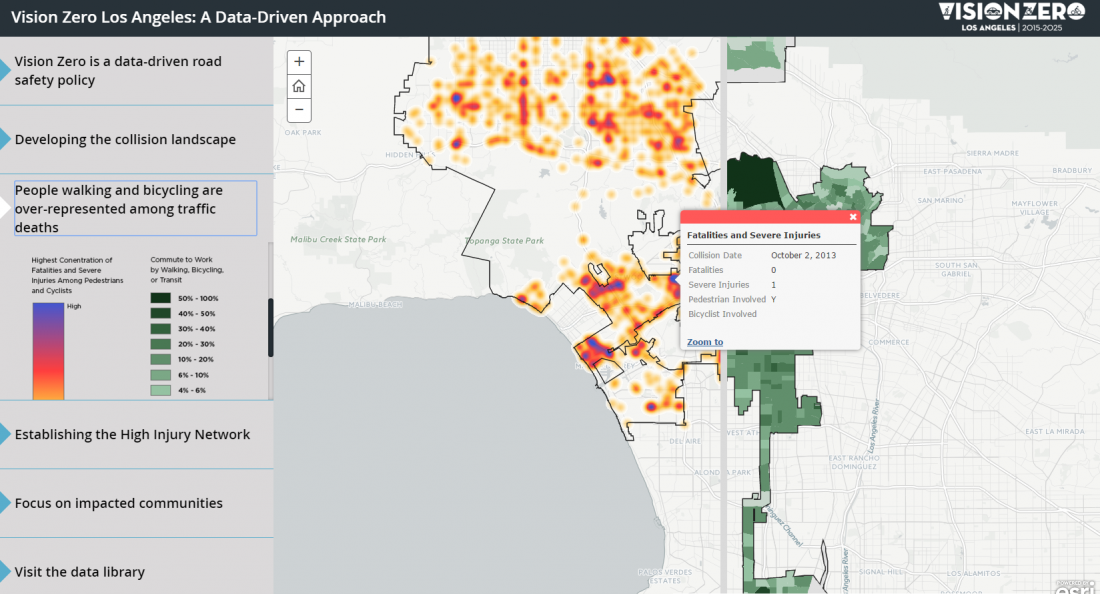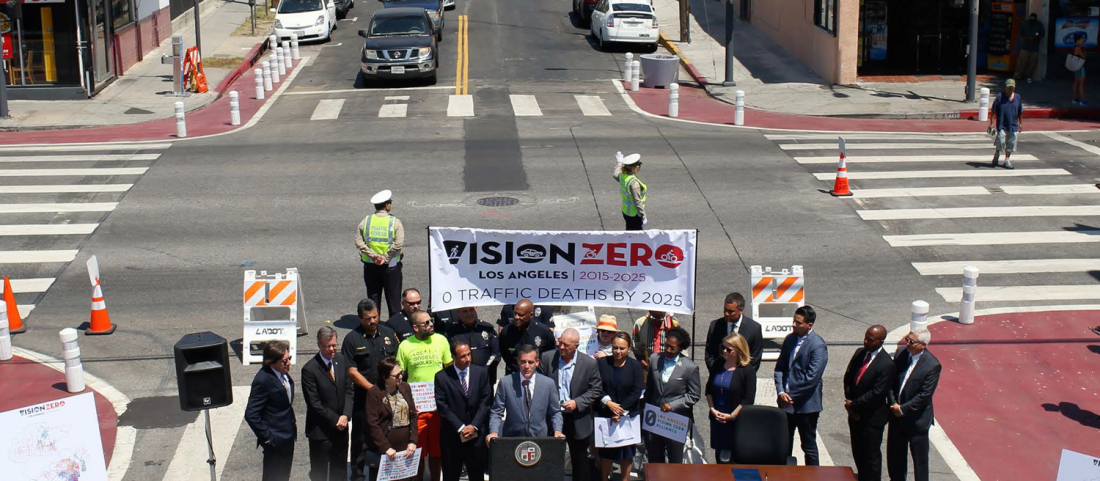Vision Zero Los Angeles RFQ for Community-Based Outreach and Education
UPDATED: Monday November 14, 2016
Applications are in! Thank you to everyone who submitted. We are looking forward to reviewing everything, and will be following up in mid-to-late December with any additional information for applicants. If you have any immediate questions, don’t hesitate to e-mail rfq@carsla.net or visionzero@lacity.org. Links to materials are included below for reference only. Thank you!
DOWNLOAD THE NEW RFQ HERE! (FOR REFERENCE ONLY)
DOWNLOAD THE Q&A HERE! (FOR REFERENCE ONLY)
### Information below from Friday October 28, 2016 ###
Today, the Los Angeles Department of Transportation (LADOT) and the Department of Cultural Affairs (DCA) released an updated Request for Qualifications for community-based outreach and education to support the City’s commitment to Vision Zero.
Since the release of the initial RFQ on Monday, October 17, new information has been received from the funding and programming partners, resulting in an increase in total funds available by $50,000, to $300,000. Ten high-fatality corridors on the City’s High-Injury Network will be identified as Vision Zero Priority Corridors, primarily based on where engineering and enforcement solutions are planned for implementation. Each Vision Zero Priority Corridor will receive up to approximately $30,000 to fund organizational activities for this education and outreach effort.
New guidelines have been released in an updated RFQ, the application worksheets are available via this Google form, an updated Q&A document is available, and the application deadline has been extended to Friday November 11by 4pm. The application is very simple in nature, and should take only 20 – 30 minutes to complete, after the completion of a cover letter and securing references. To make it easy Any organization is invited to apply!
The community-based education and outreach efforts that are funded through this program may be accomplished by performing one, or several, of the following strategies:
Developing community-specific traffic safety education materials using local and cultural vocabulary;
Leading interactive activities that involve participation by residents in the area;
Creative interventions along the identified corridor(s), that may include (but are not limited to) graphics, visuals, or temporal projects that raise awareness on the issue of traffic safety
Iterative processes that develop a project using on-going, continual engagement to inform and refine a finished product and/or program
Applicants may be community-based organizations of any type (e.g. educational, health, social services, arts-based, cultural, etc.), who may work independently or in collaboration with like minded organizations or individuals within the targeted community.
Selected applicants will conduct initial baseline activities, develop and implement educational projects or interventions, and conduct final evaluation activities that will accomplish the goals and deliverables outlined in the grant agreement between the Office of Traffic Safety and the Los Angeles Department of Transportation.
The City’s Vision Zero Education Subcommittee has already invested in the development of a citywide media campaign, which will include campaign collateral and other messaging material that may be used in this effort. While the final message has not yet been developed, activities will be in line with the Vision Zero Education and Outreach Strategy, accessible at the following link: Vision Zero Education and Outreach Strategy.
Criteria for Selection
Qualifications will be reviewed based upon the following criteria.
- Past experience(s) with community-based projects
- Past success(es) with partnerships
- Past experience(s) with innovation and creative community engagement
- Background of sound and responsible fiscal practices
- Understanding of the Vision Zero program, goals, and principles
Vision Zero Community-Based Outreach and Education Project Schedule
Specific engagement activities will develop from a planning phase that will occur after the contract has been awarded.
RFQ Released (October 17)Questions regarding the RFQ (submitted by 11:00am on October 24 to rfq@carsla.net)Posting of Answers (October 28 by 5pm)RFQ Due (updated submission deadline: by 4:00 PM on November 11 to rfq@carsla.net)- Panel Review (late November)
- Contracts Awarded (December 2016 – January 2017)
- Planning Phase (January, February, March 2017)
- Roll Out of Installations and Activities (April, May, June 2017)
- Wrap-up and evaluation of efforts (July, August, September 2017)
Funding for this program was provided by a grant from the California Office of Traffic Safety, through the National Highway Traffic Safety Administration.


